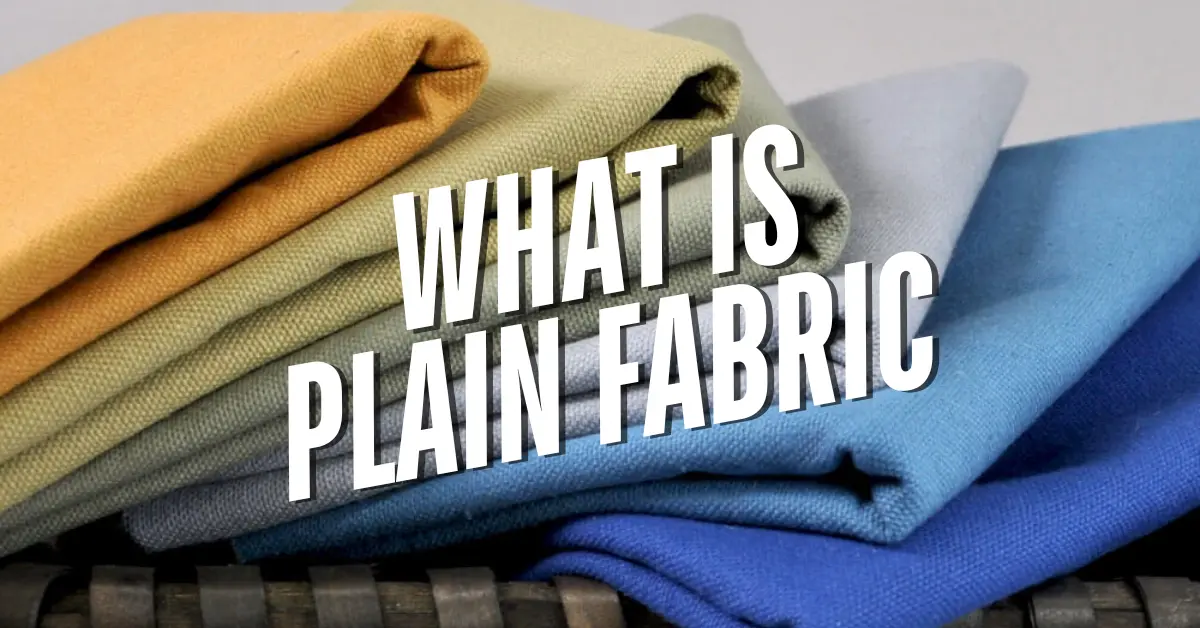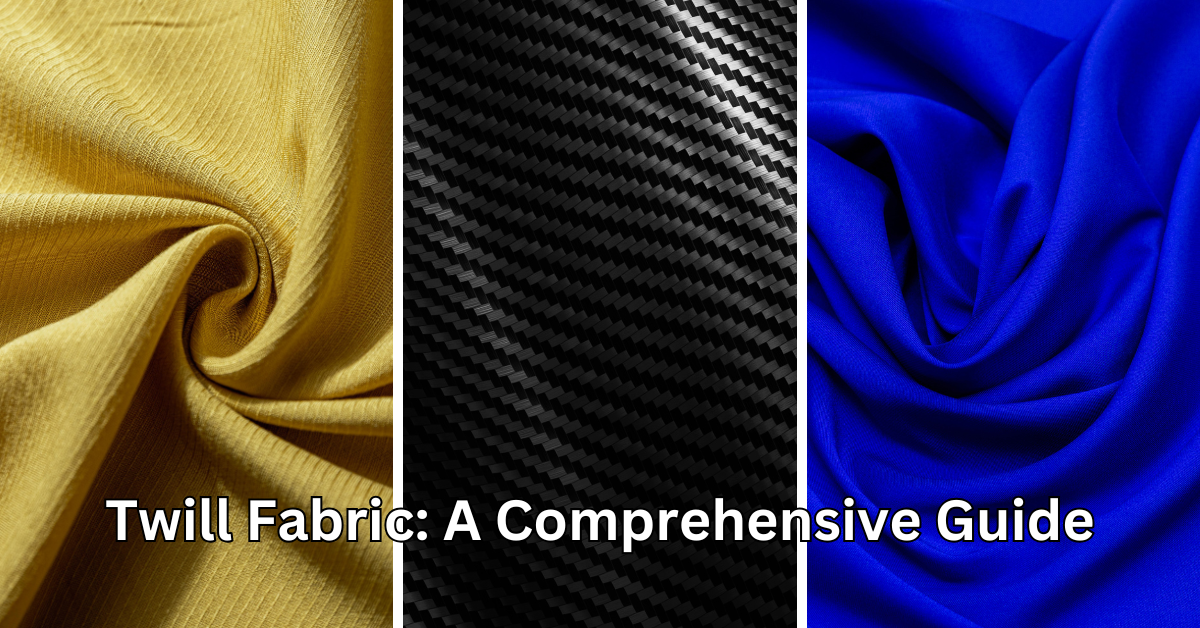Dobby Weave Examples show how this weaving technique creates small, geometric patterns in fabric. These patterns add texture and design without needing printed or embroidered decoration. Used across apparel and interior textiles, dobby weave is made using a dobby loom, which controls warp threads to raise or lower in specific combinations. As a textile engineer, I’ve worked with dobby fabric across production lines and seen how its pattern variations influence fabric performance and market value.
What Is Dobby Weave?
Dobby weave is a woven fabric created on a dobby loom, a mechanical attachment that controls individual warp threads. This setup allows the production of small, repeated geometric designs. Unlike plain or twill weaves, dobby weave adds a three-dimensional texture to fabric surfaces. The patterns are woven directly into the fabric and are visible on both sides.
Common Features
- Patterned texture: The surface has raised or recessed patterns.
- Fiber flexibility: Works with cotton, polyester, viscose, and blends.
- Design control: Allows different patterns by programming loom shafts.
These characteristics make dobby weave suitable for a range of fashion and home textile uses.
Characteristics of Dobby Weave Fabrics
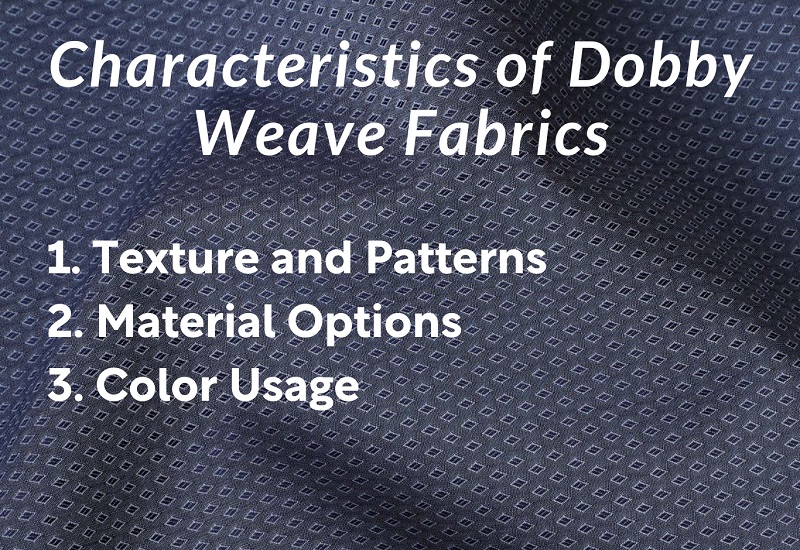
Texture and Patterns
Dobby weave fabrics are known for subtle surface patterns such as dots, diamonds, or squares. The patterns repeat across the fabric and provide a distinct tactile feel. This texturing can improve drape, absorbency, and air permeability.
Material Options
Dobby weave works with a wide range of yarn types. Cotton is common in shirting. Synthetic fibers like polyester are used for durability in upholstery. Blended yarns combine softness with strength, making dobby weave suitable for both apparel and furnishings.
Color Usage
Color in dobby weave fabrics comes from yarn-dyed threads. Designers often use contrast between warp and weft yarns to highlight the woven patterns. This gives dobby weave a more detailed, defined appearance than printed designs.
Common Dobby Weave Examples
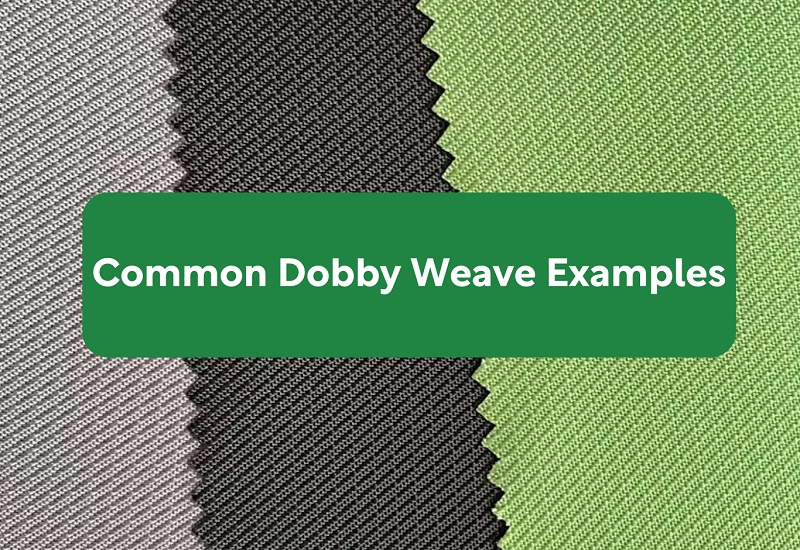
Below are several dobby weave examples used in textile manufacturing:
Birdseye Cotton
Birdseye cotton has a repeating diamond-shaped pattern resembling small eyes. It’s used in dress shirts, baby clothes, and cleaning fabrics. It offers a soft hand feel with good absorbency.
Piqué Fabric
Piqué is another dobby weave fabric with raised patterns such as cords or waffles. It is popular in polo shirts and uniforms due to its firm texture and breathability.
Matelassé
Matelassé fabric has a quilted appearance and is often made with dobby weaving. It looks padded but is made without stuffing. Used in bedding, curtains, and jackets, it adds thickness and insulation.
Moss Crepe
Moss crepe is a dobby weave fabric with a pebble-like texture. It’s used in flowing garments like skirts and blouses. The structure gives it elasticity and bounce.
Applications of Dobby Weave Fabrics
Dobby weave fabrics are used across various textile sectors due to their performance, appearance, and ease of production.
Apparel
In fashion, dobby weave fabrics are used for men’s and women’s shirts, dresses, and trousers. Birdseye and piqué are common in formal and casual wear. These fabrics provide comfort, shape retention, and style with minimal embellishment.
Home Furnishings
For interior applications, dobby weave adds style and strength. Upholstery, curtains, and cushion covers benefit from the added texture and pattern without increasing cost. The structural stability of dobby weave holds shape well in stitched products.
Accessories
Dobby weave is also used in scarves, bags, and belts. These accessories gain durability and a distinctive look from the woven patterns.
Advantages of Dobby Weave
Dobby weave offers several production and user benefits.
Pattern Diversity
It supports a wide range of patterns using the same basic loom setup. From birdseye dots to wave-like crepes, manufacturers can produce varied styles without switching machinery.
Fabric Strength
Because the pattern is woven in, it doesn’t fade or wash away. This makes dobby weave stronger and more long-lasting compared to printed or embroidered fabrics.
Visual and Textural Appeal
The texture adds a premium look without extra processes like printing. This reduces production steps and improves finishing time.
Supporting keywords: durable woven fabric, patterned weaving techniques, textured fabrics
Conclusion
Dobby weave examples such as birdseye, piqué, matelassé, and moss crepe show how weaving can create intricate patterns directly into fabric. These fabrics are used in clothing, home furnishings, and accessories due to their strength, appearance, and flexibility. As a fabric engineer, I recommend dobby weave when consistent pattern, dimensional texture, and durability are required in the final textile product. Its application in both high-volume apparel and premium interior textiles proves its value across markets.
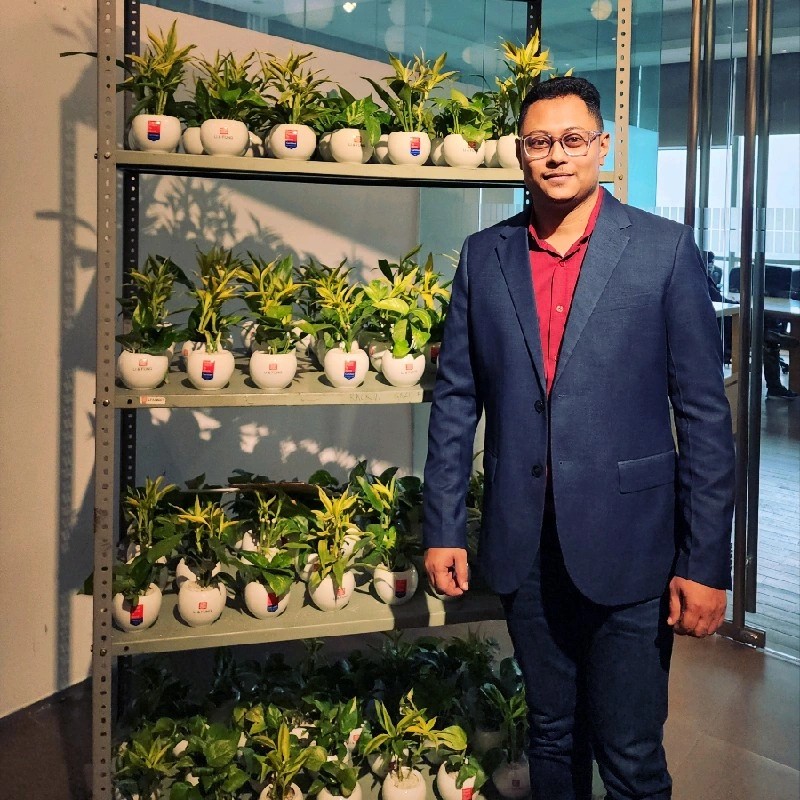
Manager – Fabric Technical and Sourcing/Product Development/ Sustainable Material Management.
I am a B.Sc .-educated Manager of Fabric Sourcing and Technology with extensive experience in the apparel and fashion industry. Passionate about trend analysis, fabric sourcing, and sustainable textile solutions, I thrive in fast-paced environments that demand innovation, adaptability, and leadership.
As a servant leader, I am committed to honesty, transparency, and continuous process improvement. My expertise spans fabric development, product quality management, and supply chain optimization, ensuring exceptional performance across all facets of sourcing and production.
Core Skills & Expertise
✔ Fabric Sourcing & Development – Specialized in regular and sustainable textiles (BCI, Organic, Recycled).✔ Trend Analysis – In-depth understanding of global fashion and fabric trends.✔ Product Development – Expertise in material innovation and process optimization.✔ Quality Management – Strong focus on process control, ensuring high-quality production.✔ Leadership & Problem-Solving – Solution-oriented approach to team management and decision-making.
Technical Proficiency
🖥 Software & Tools:▪ Microsoft Outlook, Excel, Word▪ PLM (Product Lifecycle Management)
🌱 Sustainable & Ethical Practices:▪ Better Cotton Initiative (BCI)▪ Organic & Recycled Fabric Management
Key Strengths
✅ Solution-Focused Leadership – Driving innovation and efficiency in fabric sourcing.✅ Quick Decision-Maker – Adapting to market shifts and production challenges.✅ Team Player with a Positive Attitude – Ensuring collaboration and productivity.✅ Strong Time Management – Meeting deadlines while maintaining quality.
Professional Achievements
🏆 Li & Fung GEM Award – Recognized for fabric sourcing and supply chain management excellence.🏆 Group CEO GEM Award – Honored for outstanding leadership and process innovation.
